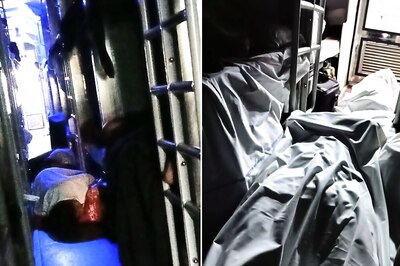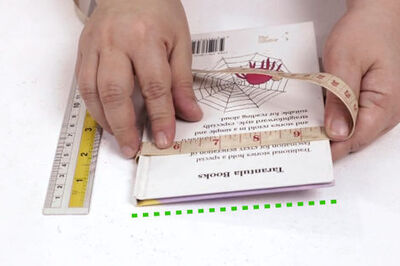
views
A skeleton unearthed in 1894, reportedly claimed to be of the greatest composer Johann Sebastian Bach can be the authentic one. The originality of this skeleton remains undisputed to date. According to a report published in the Daily Star, scientists have reconstructed the face of the skeleton from the skull. This reconstructed face bears a striking resemblance to his face, as shown in the portraits of the composer painted during his lifetime. Bach’s contemporaries respected him but he couldn’t become famous during his lifetime and was buried in an unmarked grave in Leipzig, Germany in 1750. However now, with the study done recently on Bach’s reconstructed face, his fame has grown and he is now respected as possibly the greatest composer of all time.
Before this research, a 2009 study was also done on Bach’s skeleton but it concluded that this was “unlikely” to belong to the composer. However now, with the facial reconstruction technique, this observation is likely to change. The new reconstruction started by curating a 3D model of the skull, using detailed data published in 1895, shortly after the skeleton’s discovery. Two approaches were then combined to give an objective recreation of the face. The team used a portrait of Bach, painted by Elias Gottlob Haussmann in 1746, as a reference for their work. The final facial reconstruction was also evaluated for its likeness to this painting.
Cicero Moraes, the lead author of the new study, told the Daily Star, “I never expect there to be much compatibility between a painting and an approximation. This is due to various factors, including the painter’s style, margin of error about the original structure, and the possibility of the person portrayed not being who they imagine themselves to be.” He said that in this case, the approximation was significantly compatible with the portrait.
Moraes has a contrary opinion and cautioned that this could merely be a coincidence. He is a Brazilian graphics expert renowned in the field of forensic facial reconstruction, He said that facial approximation is not an identification process, but a recognition process that can lead to subsequent identification. It could just be a coincidence, he said, and that they will only be sure with additional data, such as DNA (Deoxyribonucleic acid) testing.



















Comments
0 comment